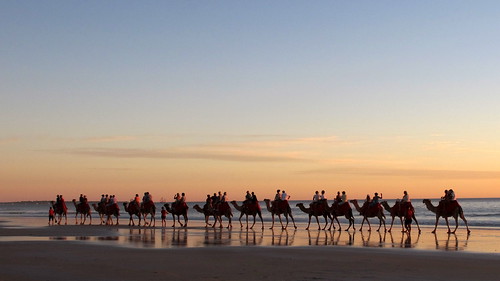 |
| Eric taking photos from a rock overlooking the valley of the River Teign along the path to Fingle Bridge from Castle Drogo. |
Not surprisingly on such a fine autumn day, we were not alone as we walked along the edge of the steep valley to descend to Fingle Bridge.
Most walkers stopped at the old stone pub at the bridge, but we continued on along the river for a few kilometres. By the time we returned, the crowds had lessened—but we were only moments from their last call for lunch. The pub lunch and local cider on the outdoor patio was a welcome break before heading back along the river valley trails and the climb back up to the castle.
 |
| These two little girls were dropping twigs off the upstream side, then rushing to see them float by on the downstream side. Fingle Bridge, near Exeter in Devon. |

Today the River Teign water looks clean enough to drink, but likely only due to very concerted efforts to restore the local environment.
Is all the effort worthwhile? I suspect the many people we saw enjoying it on this sunny autumn afternoon would not want it any other way.







